Ships
Picture Stone from Tjängvide, Sweden, Now in Statens Historiska Museum, Stockholm, B. Wallace, Personal Collection
We know quite a bit about how the Vikings got to Vinland, thanks to archaeological discoveries of sunken ships and descriptions and drawings from the period. Only the very wealthy could afford the large ocean-going ships used in colonization and trade. Ships were either commissioned new from a master shipwright or purchased second-hand. There were no blueprints. Ship building was done ‘by eye.’ Although the overall designs were similar, no ship was an exact replica of another. The smaller boats were, then as now, built locally where many people possessed boat building skills.
Viking ships were built from the outside in and from the bottom up. The keel was laid out first and the hull was built up from it. To hold the boards in shape as they were attached one by one, a “strongback” was erected over the construction site. The strongback was an overhead frame, anchored in the ground to which the hull was temporarily attached in the configuration desired.
Trees were selected specially for each boat or ship. The favoured species were oak, pine, and spruce. Pieces that were to be angled in the ship were made from natural bends in the tree, for instance a piece cut from branches. The wood was not seasoned because the newly cut, “green” wood was more flexible. Steaming the boards made it easier to bend them into shape. The best boat boards were planks that had been cut radially from the trunk so that all planks included both the inner and outer portion of the trunk in the same proportions. This minimized the warping and shrinking as the wood dried, and it increased the tensile strength of the boards. Triangular in cross section, the boards were placed with their thinnest side placed downward, the thicker top overlapping the thin bottom part of the next plank. In big ships, planks had to be joined to produce to the required length. This was done by ‘scarfing,’ that is the ends of the planks to be joined were thinned so that the end of one plank could overlap the other. After the hull was built up, “ribs” were inserted into it and attached to the hull with strong lashes of leather or even baleen from whales. This made the construction flexible so that the hull moved slightly with the water pressure rather than breaking from it.
The boards were held together with iron nails. The iron nails extended through both boards and through a rove over which they were tightly bent, “clenched,” with hammer blows. The upper boards could also be attached with treenails. Treenails were dowels carved out of wood with an expanded head like a nail. Such treenails were also used in house construction and furniture.
Steering was done with a large oar attached to the right hand side, “star board” (“steering board”) side of the ship.
Most ships were stabilized with ballast of football-sized boulders which could be increased or discarded according to the weight of the cargo. The cargo ships also carried small open row boats which could be used for landing or loading and off-loading the ship.
Sails were large and rectangular, with a width of 10 m or more and not quite as high as they were wide. They were made from lengths of wool, linen, or hemp sewn together as the widest piece of cloth one could produce on a Viking Age loom was 2 or 2.5 m.
Because they were relatively light, the ships rode the crest of the waves rather than cutting through them. They were extremely seaworthy but not infallible, as shown in May 1992 when two replica cargo ships, Oseberg and Saga Siglar, were wrecked in a storm off the French coast en route to Spain.
Travelling in these ships cannot have been too comfortable because they were largely open, like giant canoes. The cargo ships had a deck in the bow and could have one aft as well, but the rest of the ship was open. The crew and light goods were probably on the bow deck where they had cover in tarpaulins or tents. The heaviest cargo was stowed behind the mast.
In addition to big ships there was a variety of smaller vessels of all sizes, both for rowing and sailing. Roads were poor, and the easiest way to transport people and goods was via waterways.
Viking ships were sometimes referred to as “dragons.” In Viking art, ships are often depicted with a dragon head atop the bow. One such carved head of wood has been found in the river Schelde in Belgium. It appears to have been removable.
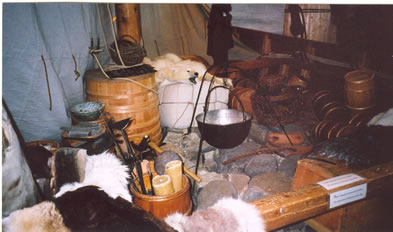
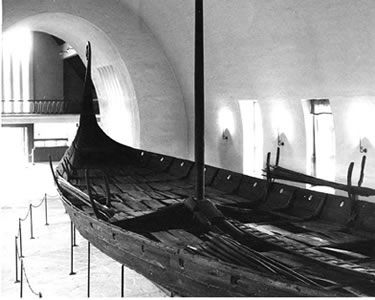
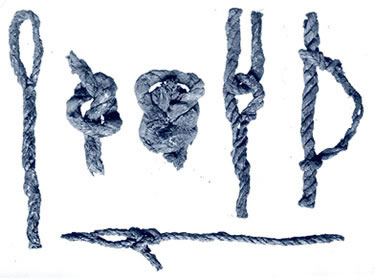
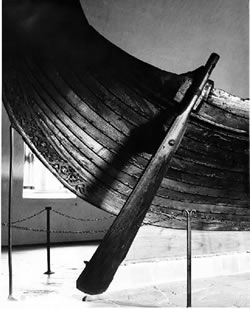
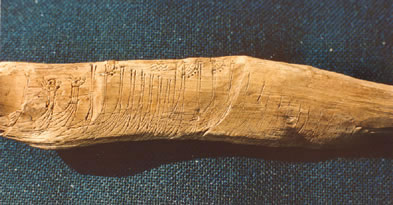
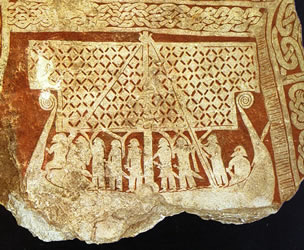
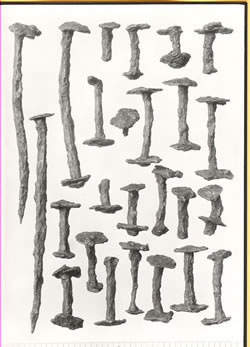
Books
- Finnur Jónsson. trans., [Ships in] Kongespejlet - Konungs skuggsjá [The King's Mirror], 1926
- Hermann Pálsson and Paul Edwards, trans., Egil's Saga, 1976
Chapters in Books
- Hermann Pálsson and Paul Edwards, trans., Saga of the Ere-Dwellers, Eyrbyggja Saga, 1973
- Ole Crumlin-Pedersen, Ship Types and Sizes AD 800-1400, Aspects of Maritime Scandinavia AD 200- 1200: Proceedings of the Nordic Seminar on Maritime Aspects of Archaeology, Roskidle, 13th-15th March, 1989, 1991
- Bernard Scudder, trans., [Trading Ships in]] Egil's Saga, The Sagas of Icelanders: A Selection, preface by Jane Smiley, introduction by Robert Kellogg, 2000
Internet Source

